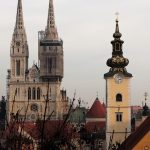November 21, 2018 – The name of Vukovar will forever be associated with the brutal events of 1991, events remembered by all Croats on November 18 each year. There is another Vukovar which gets a lot less attention – the gorgeous town on the Danube which has risen from tragedy.
One of the most emotive days in the Croatian calendar is November 18, the day of the fall of Vukovar in 1991 after one of the most brutal sieges in history. The heroic defenders of the city held out for 87 days against vastly superior forces, and there were many stories of heroism from a city whose streets were devastated but its spirits unbroken.
Each year, on the anniversary, candles and wreaths are laid all over the country, in memory of those who gave their lives for a free Croatia. There is a Vukovar Street in every major city in Croatia, and these too are adorned with candles. It is a powerful and sombre sight, and an important part of the young nation’s psyche., as a nation remembers the heroics of the past and vows never to forget.
My travels throughout Croatia had never taken me to Vukovar until this summer, and for me, it was a city that had withstood brutal punishment during the war, its residents understandably scarred by what they went through. Eastern Croatia rarely hits the news for positive reasons – emigration and war issues seem to be the most common news bites – and so my perception (and, I suspect, those of foreigners and a large number of Croats unfamiliar with eastern Croatia) about Vukovar was one of suffering, destruction and heroism. And so when I had the opportunity to visit this summer with a delegation from the 3rd Croatian Diaspora Congress, which took place in Osijek, I was very keen to go. I had no idea what to expect, but I knew it was going to be highly emotional. A tour of the hospital museum to see the suffering first hand, after a televised mass with the diaspora, most of whom were on their first visit to the hero city.
To be honest, I felt like an intruder walking in on private grief, and I did my best to be as unobtrusive as possible. It was a very emotional day for all.
Taking myself away from the tragedy of the very recent past, I looked around the Vukovar of today, and I was stunned. This city was GORGEOUS! Why did nobody tell me? In fact, why is the message of just how gorgeous Vukovar is today hardly getting out at all? I came, expecting to find a city still hurting from the physical scars of war (the mental ones are there forever), but the overriding impression I had of my visit to this Danube city was one of beauty and vibrancy – a true hidden gem. Along with visits to Ilok and Osijek, this Danube trio totally transformed my perceptions of all three destinations in particular, and the region in general. I can’t wait to get back and explore in more detail. And if my perceptions were so radically changed, surely lots of others could be too.
The importance of remembering and honouring the past cannot be understated, but neither too can the importance of rebuilding and moving forward. Vukovar today is a fascinating and welcoming place, and I encourage you to visit. I sadly took almost no photos of my visit in July, but the Osijek Maestros, Romulic and Stojcic have these great photos to give a taster of how the city looks today, and the video above is a fun tour of the old town.
Looking to learn more about Vukovar? Here are 25 things to know about the proud city on the Danube.
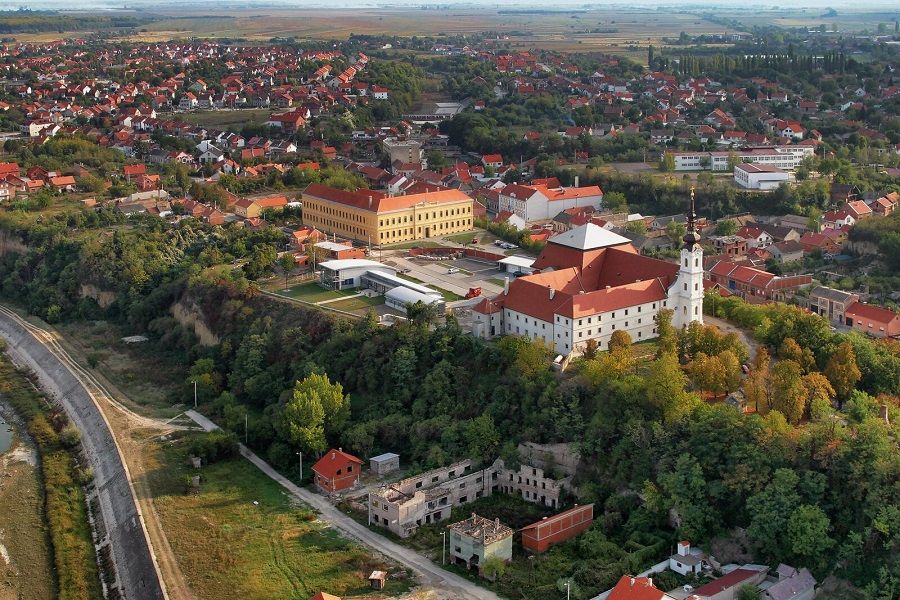
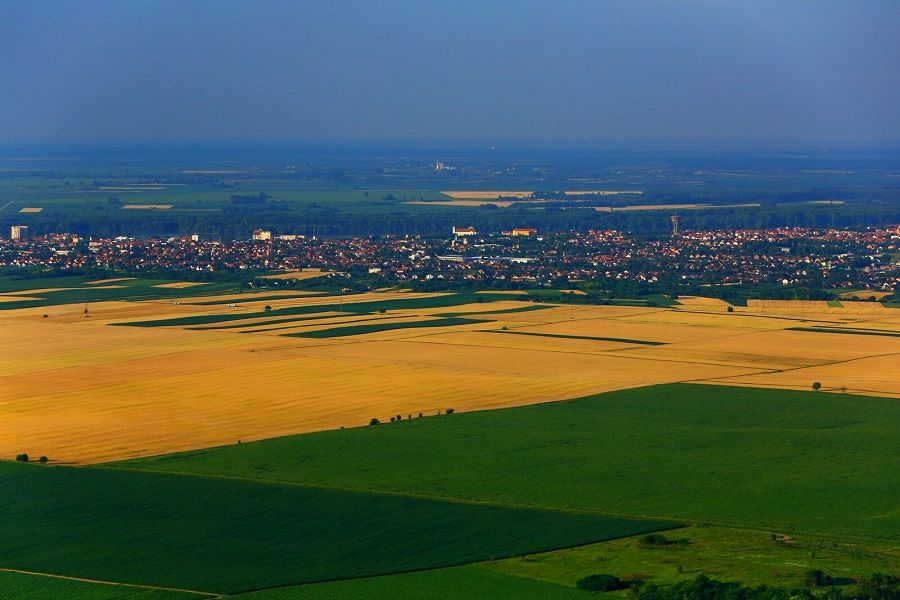
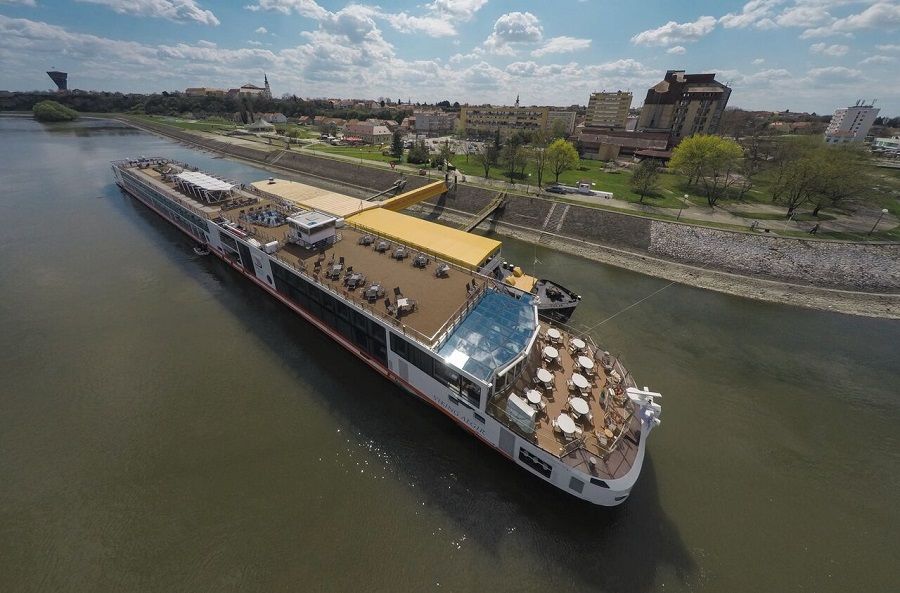
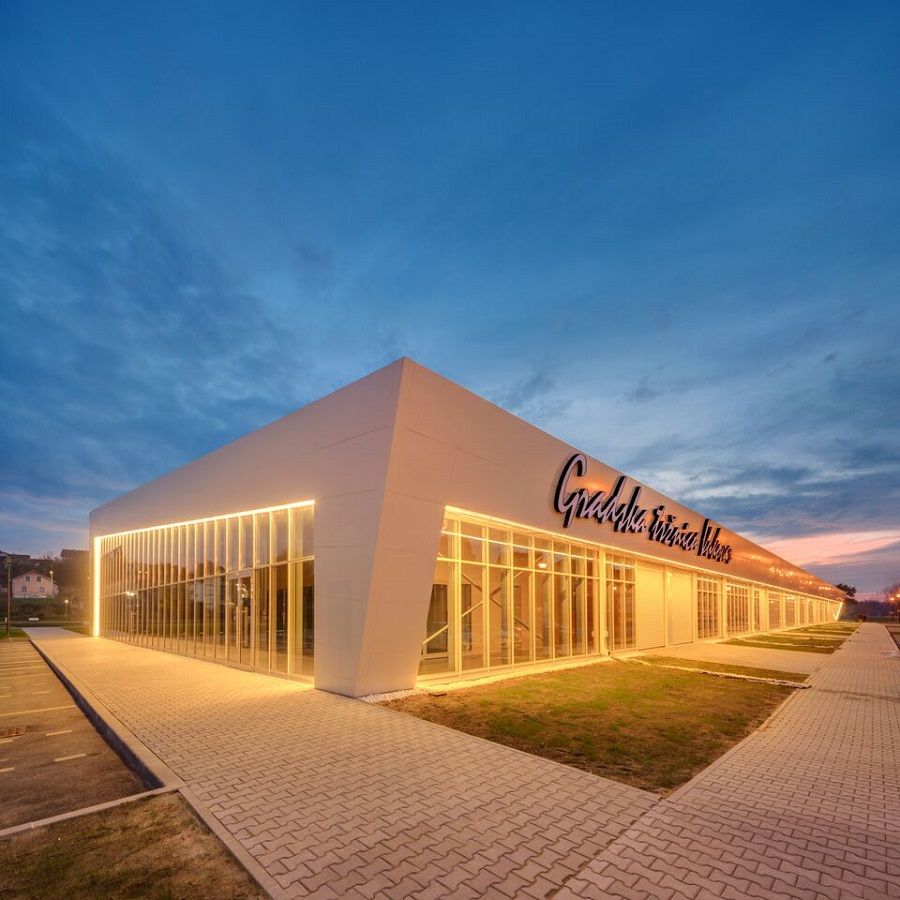
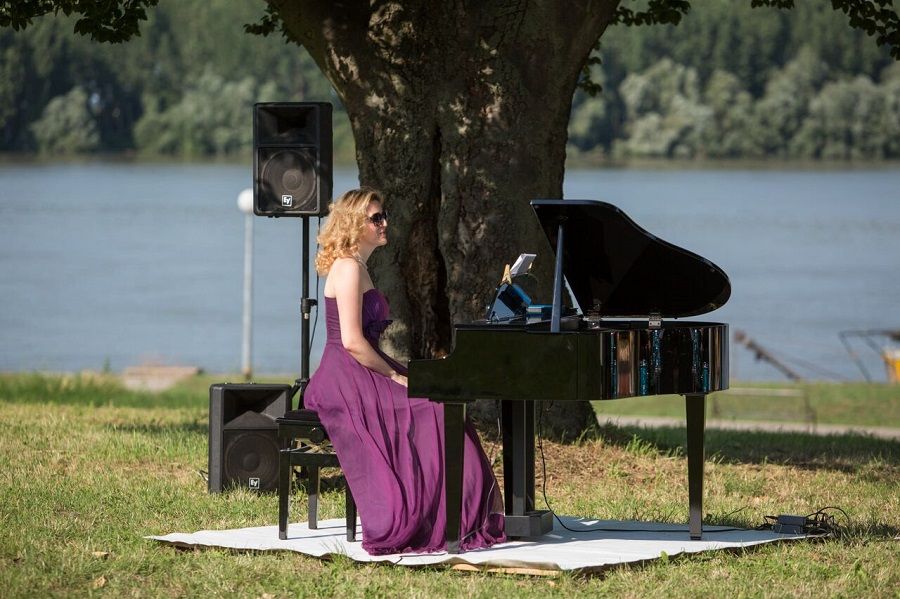
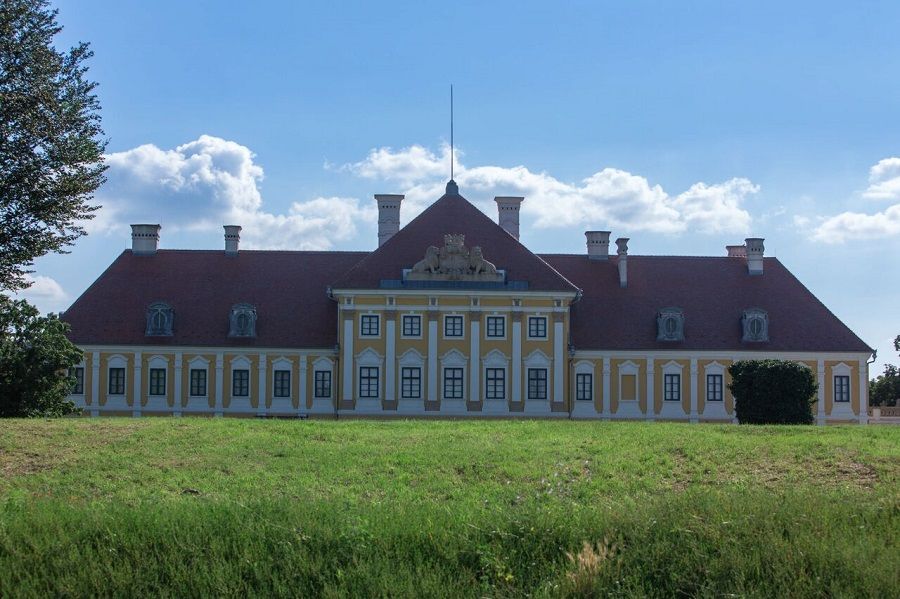
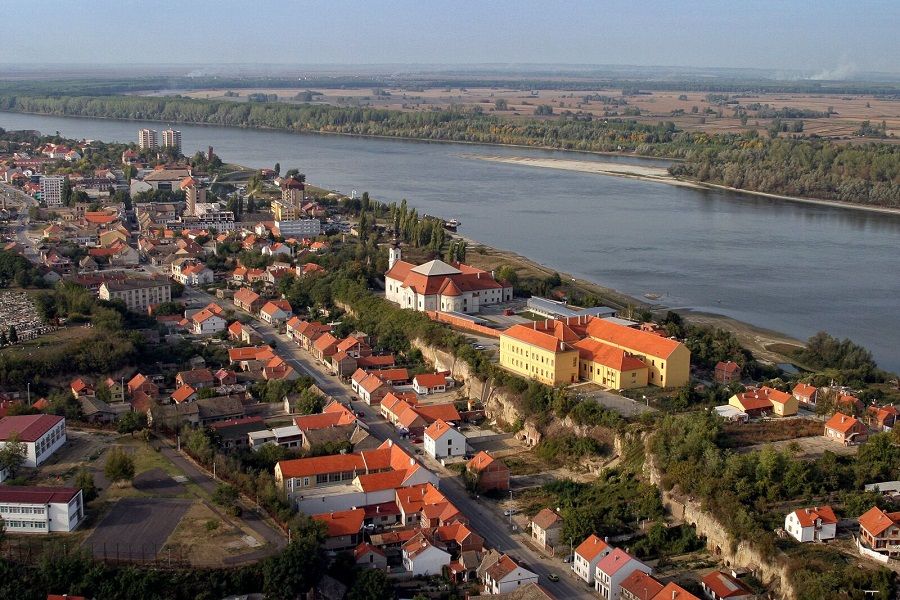
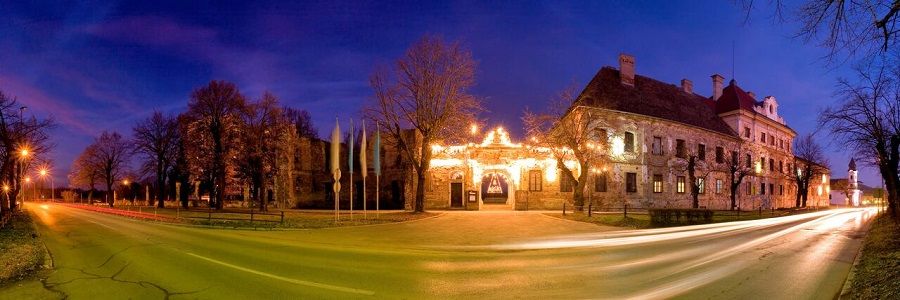
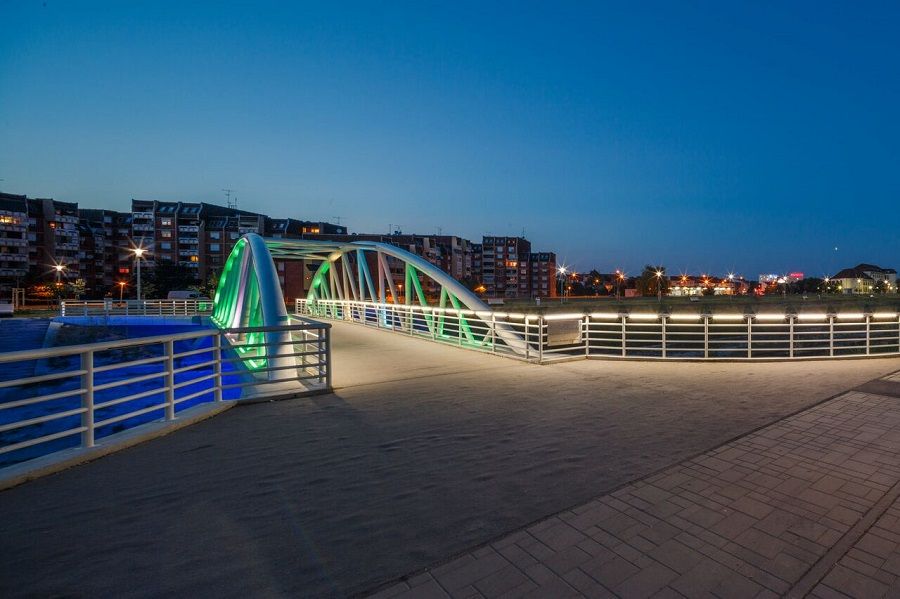
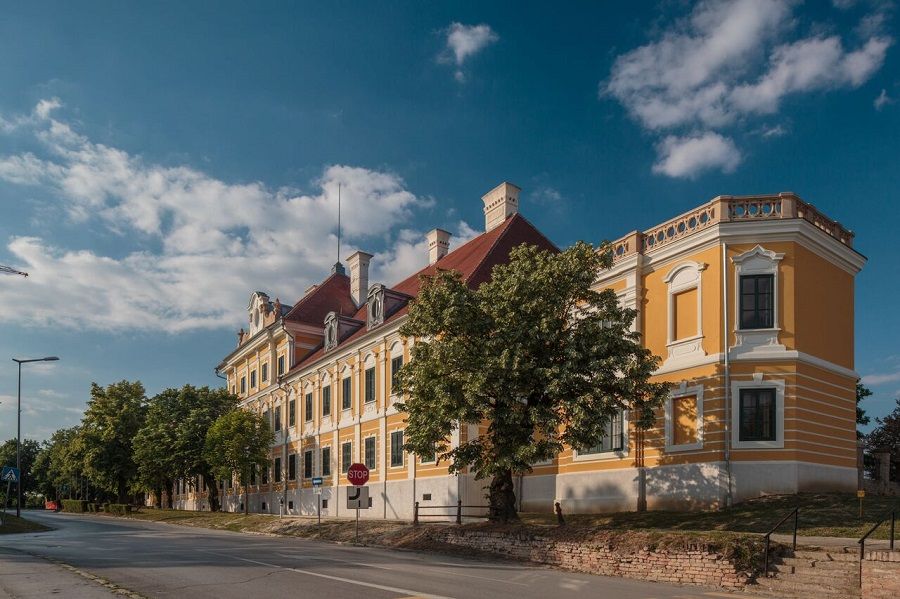
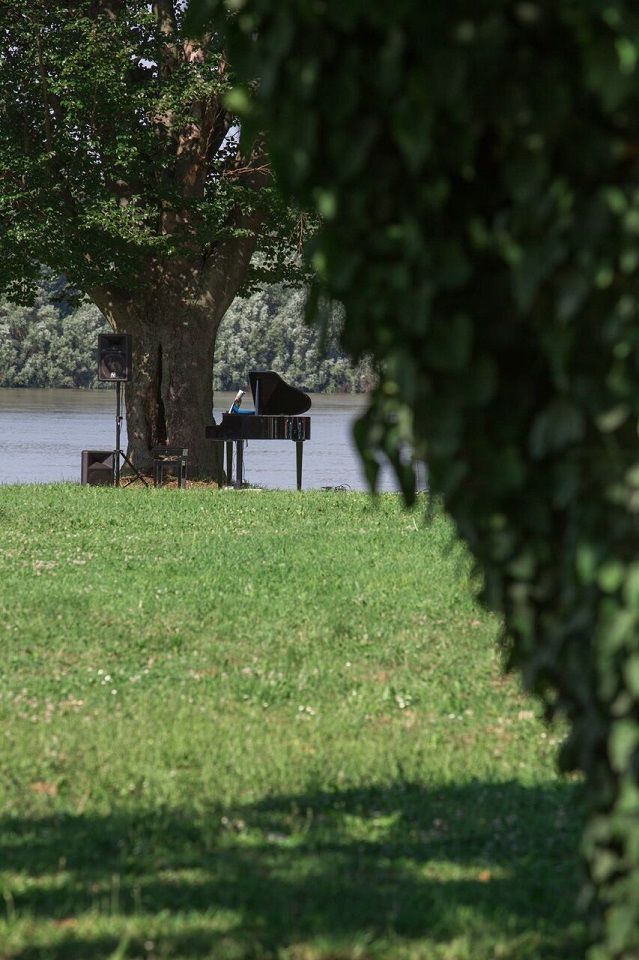
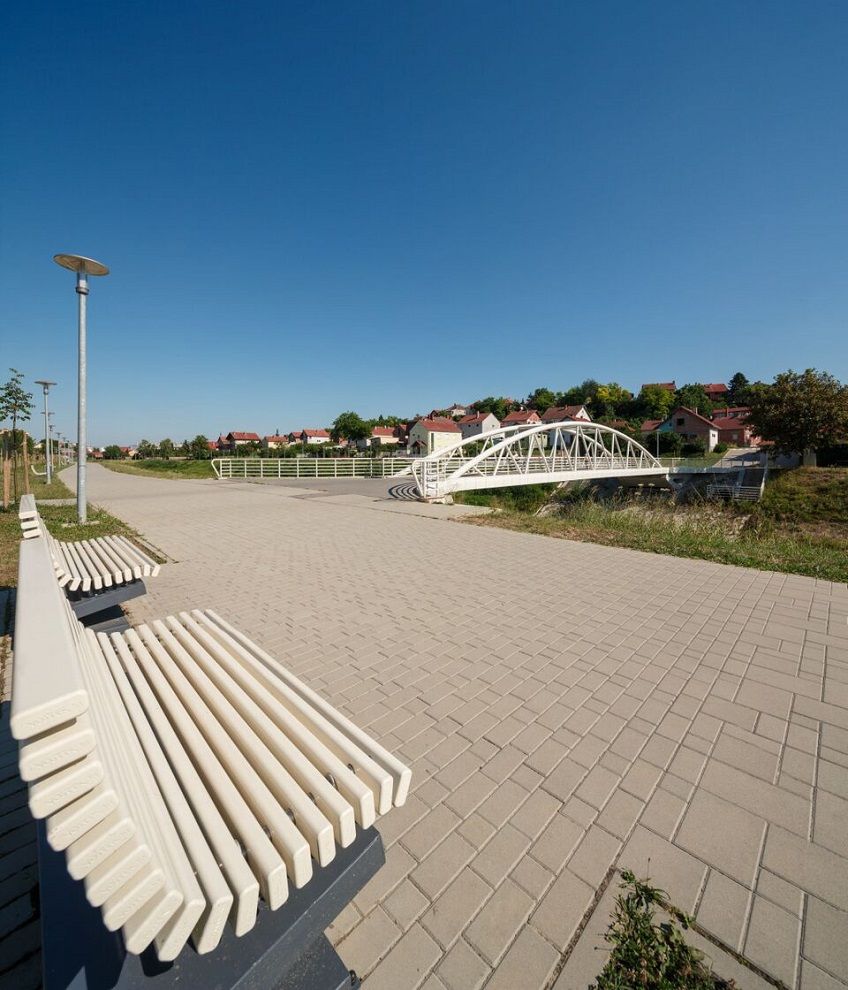
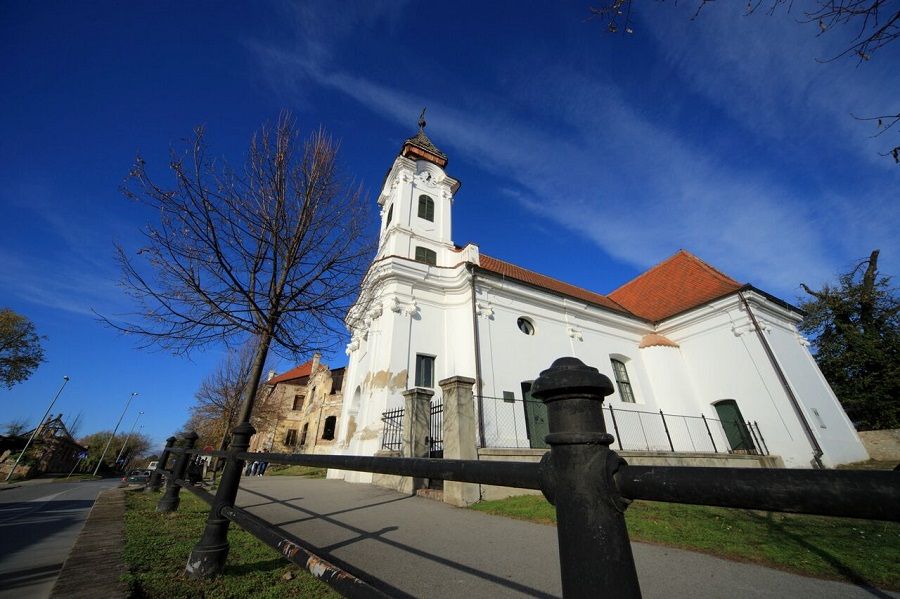
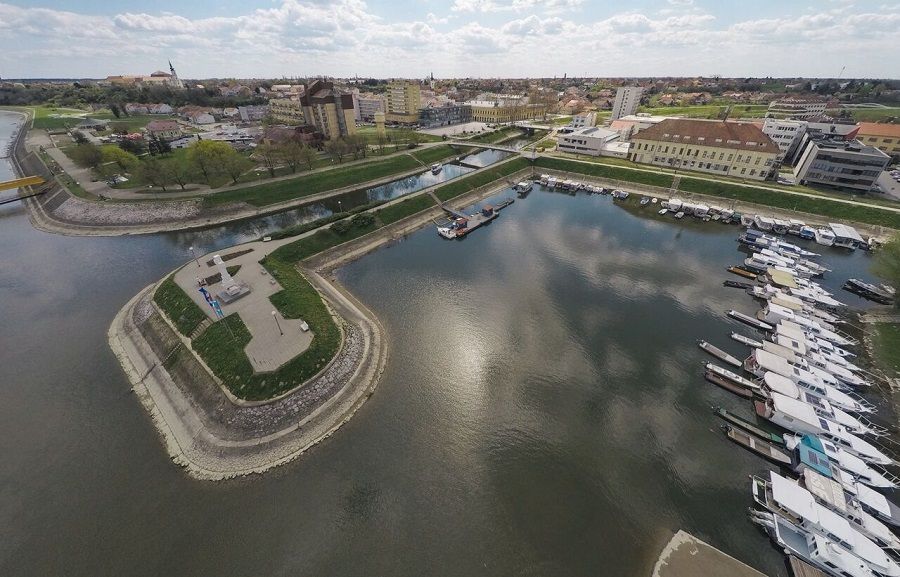
For the latest news from Vukovar, visit the dedicated TCN page.








